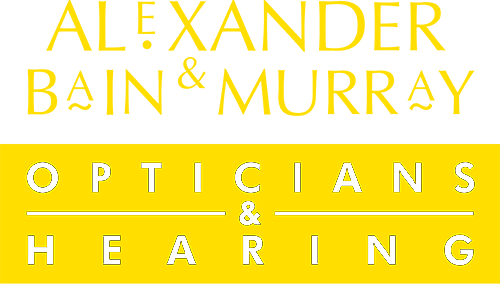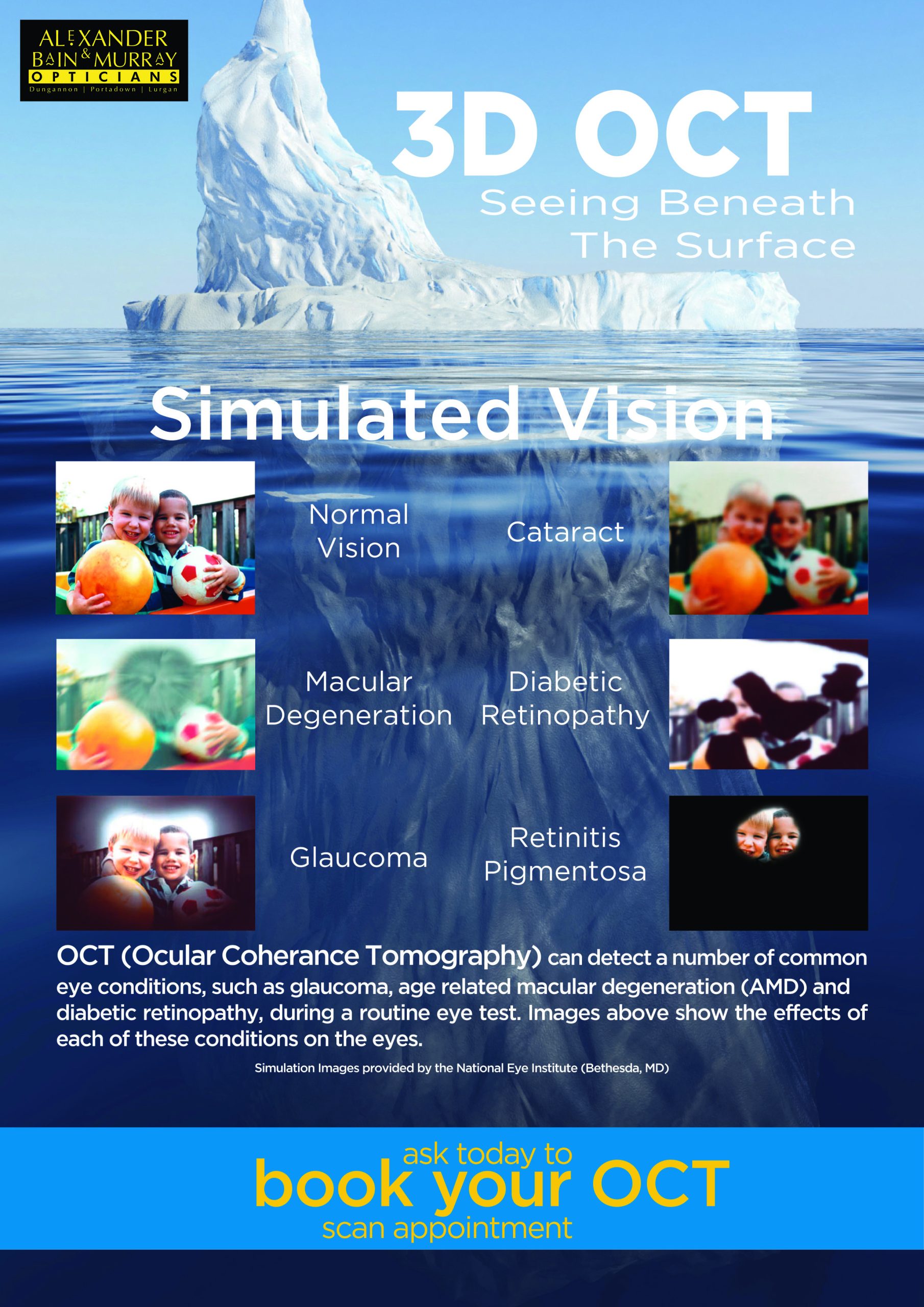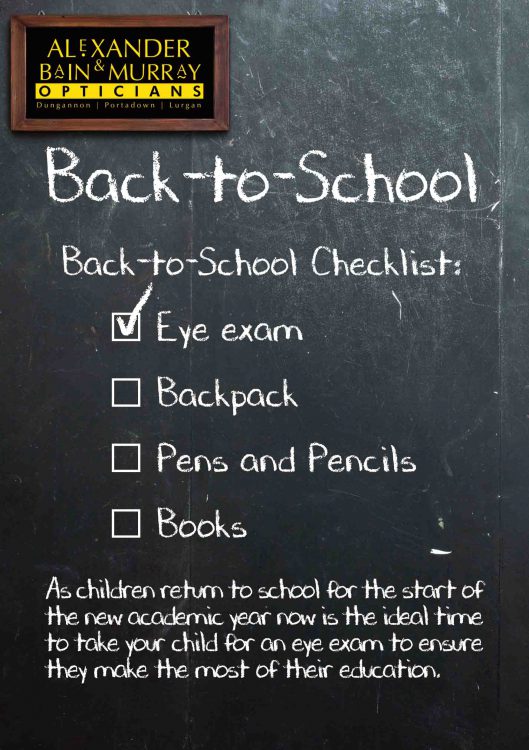Myopia – Short Sightedness
“Short-sightedness, or myopia, is a very common eye condition that causes distant objects to appear blurred, while close objects can be seen clearly.”
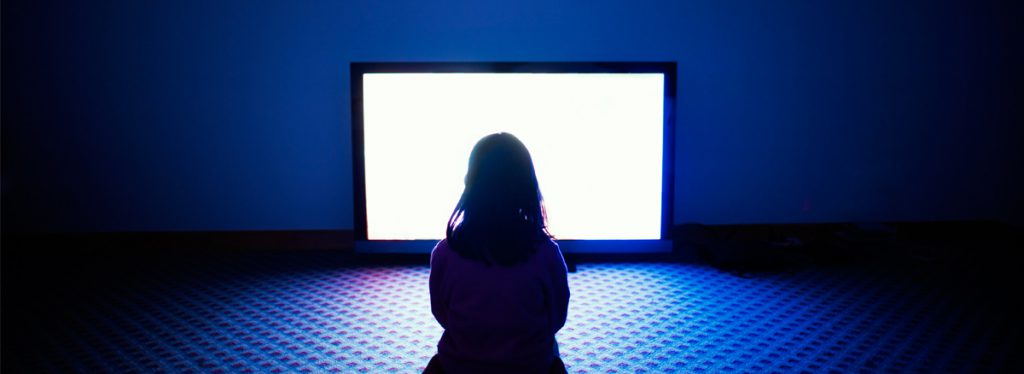
It’s thought to affect up to one in three people in the UK and is becoming more common.
Short-sightedness can range from mild, where treatment may not be required, to severe, where a person’s vision is significantly affected.
The condition usually starts around puberty and gets gradually worse until the eye is fully grown, but it can also develop in very young children.
Signs that your child may be short-sighted can include:
- needing to sit near the front of the class at school because they find it difficult to read the whiteboard
- sitting close to the TV
- complaining of headaches or tired eyes
- regularly rubbing their eyes
Getting your eyes tested
If you think you or your child may be short-sighted, you should book an eye test.
You should have a routine eye test at least every two years, but you can have a test at any point if you have any concerns about your vision.
An eye test can confirm whether or not you’re short or long-sighted, and you can be given a prescription for glasses or contact lenses to correct your vision.
What causes short-sightedness?
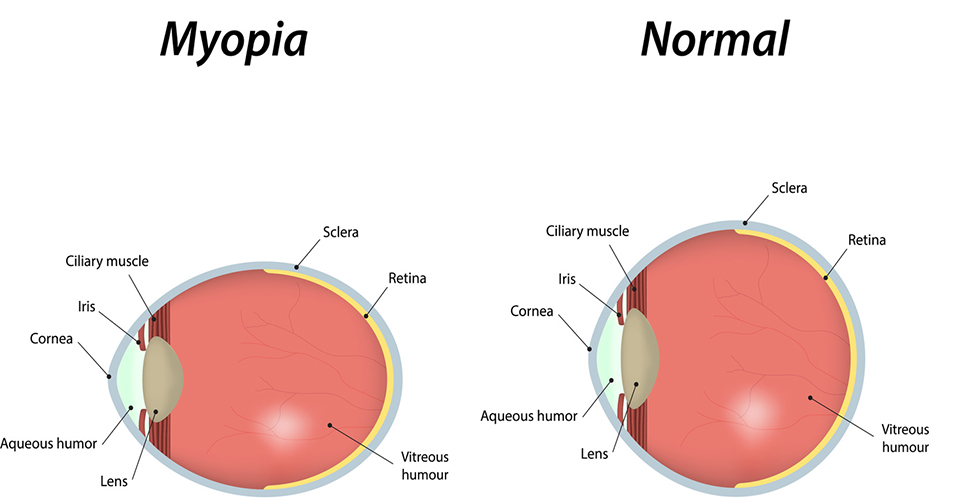
Short-sightedness usually occurs when the eyes grow slightly too long.
This means that light doesn’t focus on the light-sensitive tissue (retina) at the back of the eye properly. Instead, the light rays focus in front of the retina, resulting in distant object appearing blurred.
It’s not clear exactly why this happens, but it often runs in families and has been linked to focusing on nearby objects, such as books and computers, for long periods during childhood.
Ensuring your child regularly spends time playing outside may help to reduce their risk of becoming short-sighted.
